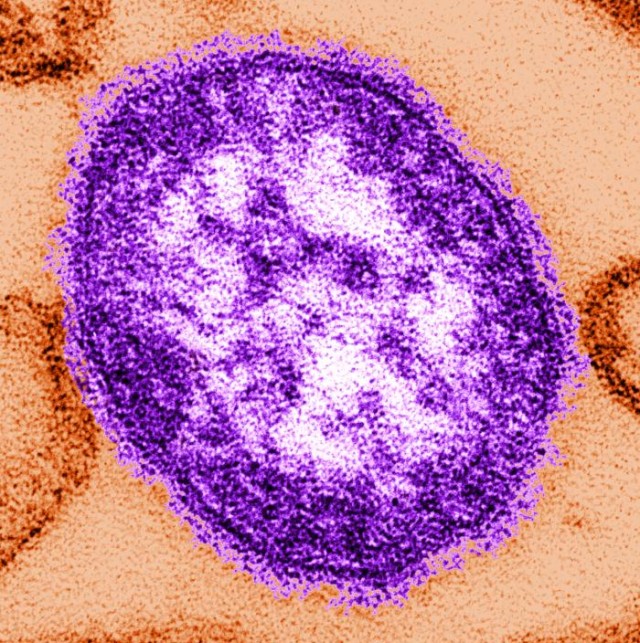
A measles outbreak in Ohio has swiftly expanded, spreading to seven childcare facilities and one school, all with unvaccinated children, according to local health officials. The outbreak highlights the risk of the highly contagious but vaccine-preventable disease mushrooming amid slipping vaccination rates.
On November 9, the health departments of the city of Columbus and Franklin County, which encompasses Columbus, announced an outbreak at one childcare facility, which had sickened four unvaccinated children. Officials reportedly expected that more cases would follow.As of Wednesday morning, there have been 18 confirmed cases from seven childcare facilities and one school. All of the cases are in unvaccinated children, and at least 15 cases are in children under the age of 4. At least six have required hospitalization, Kelli Newman, spokesperson for Columbus Public Health, told Ars.
Health officials are now working to curb the outbreak, including conducting contact tracing at affected facilities, coordinating with local health care providers on measles awareness efforts, and reaching out to families to educate them about and encourage vaccination with the measles-mumps-rubella (MMR) vaccine.
"MMR vaccines are very safe and highly effective at preventing measles," Newman told Ars in an email. "We offer walk-in MMR vaccines at Columbus Public Health Monday through Friday every week. We have not seen an uptick here on MMR vaccinations yet from what we usually do, but that is not indicative of uptake overall since we do not know what is being given by providers in the community."
Ars has reached out to Ohio's health department, which keeps records of vaccination rates around the state, but the numbers for the city of Columbus and Franklin County were not readily available. We will update this story if they are provided.
Risky situation
Statewide, however, vaccination rates have fallen amid the pandemic as well as dangerous anti-vaccine misinformation. In the 2019–2020 school year, 92.4 percent of kindergartners in Ohio had received MMR vaccination. But in the 2020–2021 school year, coverage fell to 89.6 percent. Public health experts at the Centers for Disease Control and Prevention say a rate of 95 percent is ideal for preventing spread. Moreover, statewide numbers can obscure pockets of extremely low vaccination rates, where vaccine-preventable diseases can readily spread.
Measles, a virus that spreads via coughing, talking, or simply being in the same room with someone, will infect an estimated 90 percent of unvaccinated people who are exposed. Once infected, symptoms generally show up seven to 14 days later, starting with a high fever that can spike above 104° F, cough, runny nose, and watery eyes. A few days after that, a telltale rash develops.
In the decade before a measles vaccine became available, the CDC estimates that the virus infected 3 to 4 million people in the US each year, killing 400 to 500, hospitalizing 48,000, and causing encephalitis (swelling of the brain) in 1,000.
Measles was declared eliminated from the US in 2000, meaning that—thanks to vaccination—it no longer spreads continuously in the country. But it has not been eradicated worldwide and thus is still brought into the country from time to time by travelers, posing a constant threat of outbreaks in any areas with low vaccination rates. If measles is brought in and continues to spread for more than 12 months, the US will lose its measles elimination status, which it nearly lost in 2019.
Editor's Note: This post was updated to correct a typo. Measles was declared eliminated in the US in 2000, not 2020.
reader comments
162